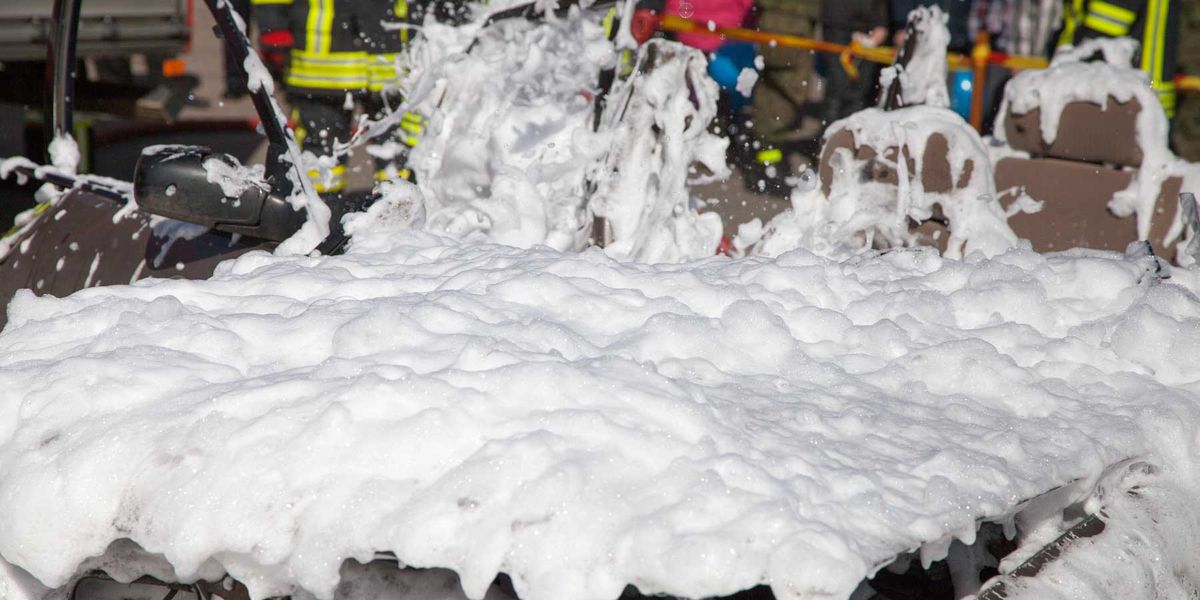
Firefighting Foams: PFAS vs. Fluorine-Free Foams
Posted: May 25, 2023
- 1 min read
- Find similar articles:
- Equipment and Technology
- Hazmat
- Health and Safety
Per- and polyfluoroalkyl substances (PFAS) have been used in aqueous film-forming foams (AFFFs) for fighting liquid fuel fires since the 1970s. Fluorine-free foams are foams that do not contain any PFAS. Both use the same approach to fighting liquid fuel fires.
How they work
Firefighting foams form a “blanket” over liquid fuel that acts as a barrier preventing flammable vapors from escaping the liquid. This helps both to extinguish the fire and to prevent additional ignition of vapors. The more stable and long-lasting this foam blanket is, the more effective the foam is at containing flammable vapors and ultimately extinguishing the fire.
The problem
Although PFAS-containing foams are more effective than fluorine-free foams, in numerous scientific studies PFAS are linked to harmful effects on humans and animals and they do not degrade naturally in the environment. In response to the negative impacts of PFAS, the Department of Defense in January 2023 issued a new performance specification for firefighting foams used by the military PDF. The specification outlines the functional requirements for firefighting foams used on military bases. These foams must be able to effectively extinguish class B hydrocarbon liquid fuel fires without containing PFAS.
The next step
Many efforts are underway to find effective alternatives to PFAS-containing firefighting foams. However, given the rapidly evolving legislation and the urgency of the issue, researchers are hoping to find additives to existing foam formulations that can be deployed faster in the field.
For example, researchers at the Johns Hopkins Applied Physics Laboratory (APL) in Laurel, Maryland, are testing and evaluating additives to enhance firefighting capabilities of commercially available PFAS-free fire suppressants for military use. To learn more about this research visit the Johns Hopkins APL website.
